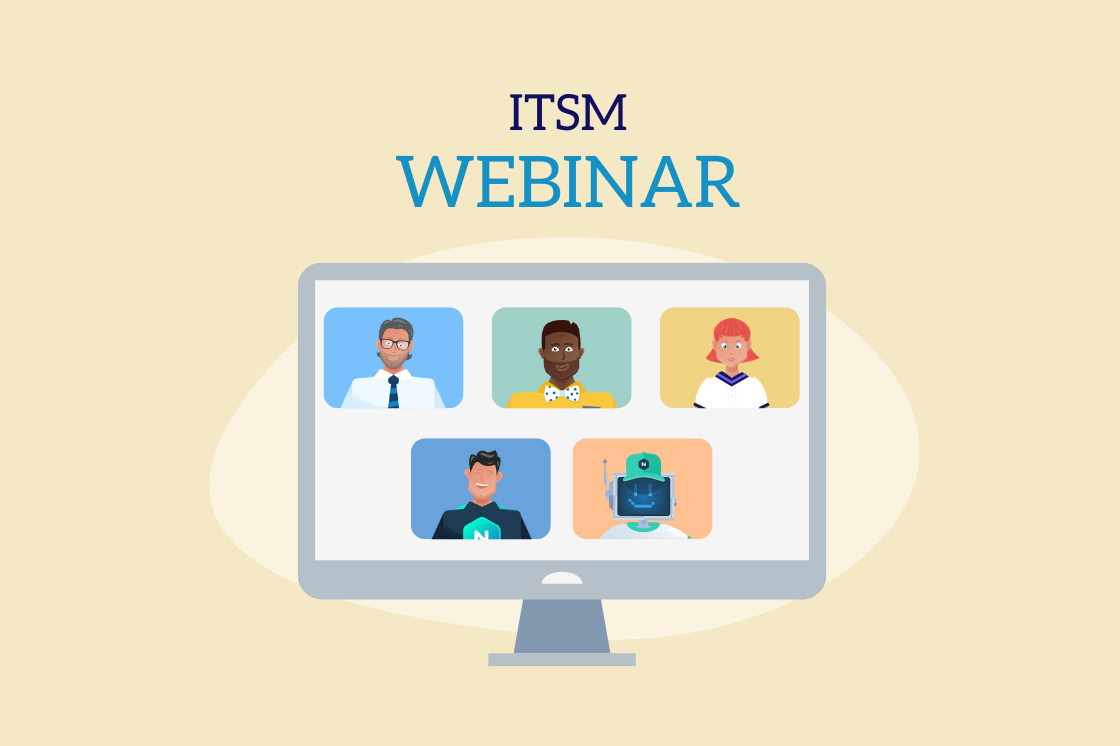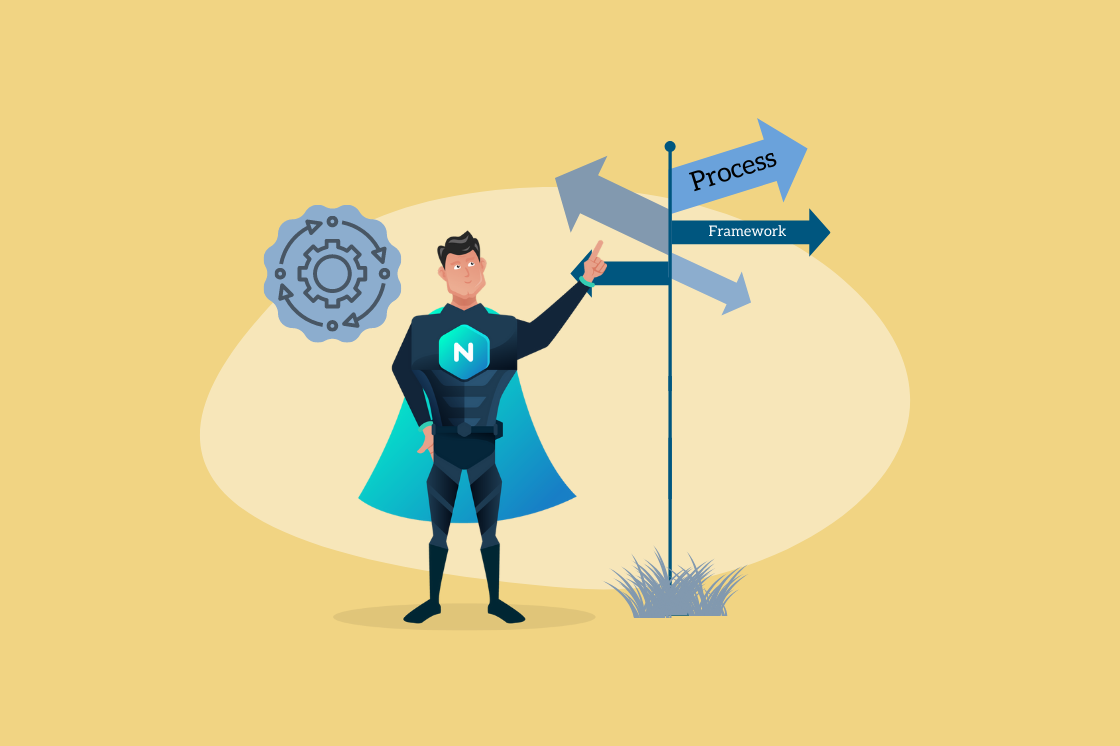Process Vs Procedure. What is the difference?
What exactly are processes and procedures? And how do they differ from each other?
In this edition of our Process Management Series, David will outline three differences between processes and procedures and why both are essential for your organization.
Many times, when I ask for a process, I end up getting a procedure.
So, what is the difference between a process and a procedure
A process describes what, while a procedure describes how.
A process step may say, "Agent opens a case," while the procedure provides detailed instructions on how to proceed.
For example, let's take a look at the Incident Management process. The Incident Management process has five activities:
- Detect and Record
- Classify and Support
- Investigate and Diagnose
- Resolve and Recover
- Closing the Incident
The Detect and Record activity has multiple process steps, for example, creating a new incident, verifying user information, capturing the incident details, categorizing and prioritizing the incident, and generating the incident record.
The above process clearly describes the flow of work, but it comes down to a procedure to explain how to do it.
That brings us to our next point.
A process is technology agnostic, while a procedure is technology specific.
The activities and tasks of an Incident Management process will remain the same whether you are using BMC, EasyVista, FreshService, Invgate, or ServiceNow, or any other ITSM software. It comes down to procedures to define how to perform the process on a specific platform.
A well-defined process will remain the same even if you change the underlying workflow technology.
Processes support governance while procedures are operational.
Processes define goals, objectives, roles, controls, metrics, and policies and provide an end-to-end view of work across an organization.
A well-defined process describes the end-to-end workflow, the people involved, the policies, controls, metrics to govern it, and the rationale for doing it.
This information is critical for implementing and managing the processes. It is also essential for communications and training.
In contrast, procedures are specific actions usually tied to one or two tasks within the process. Processes and procedures go hand in hand. Always define your processes first, then let the underlying tools drive the procedures.
Want to learn more about processes and procedures and how they can benefit your organization? Check out these informative articles:



